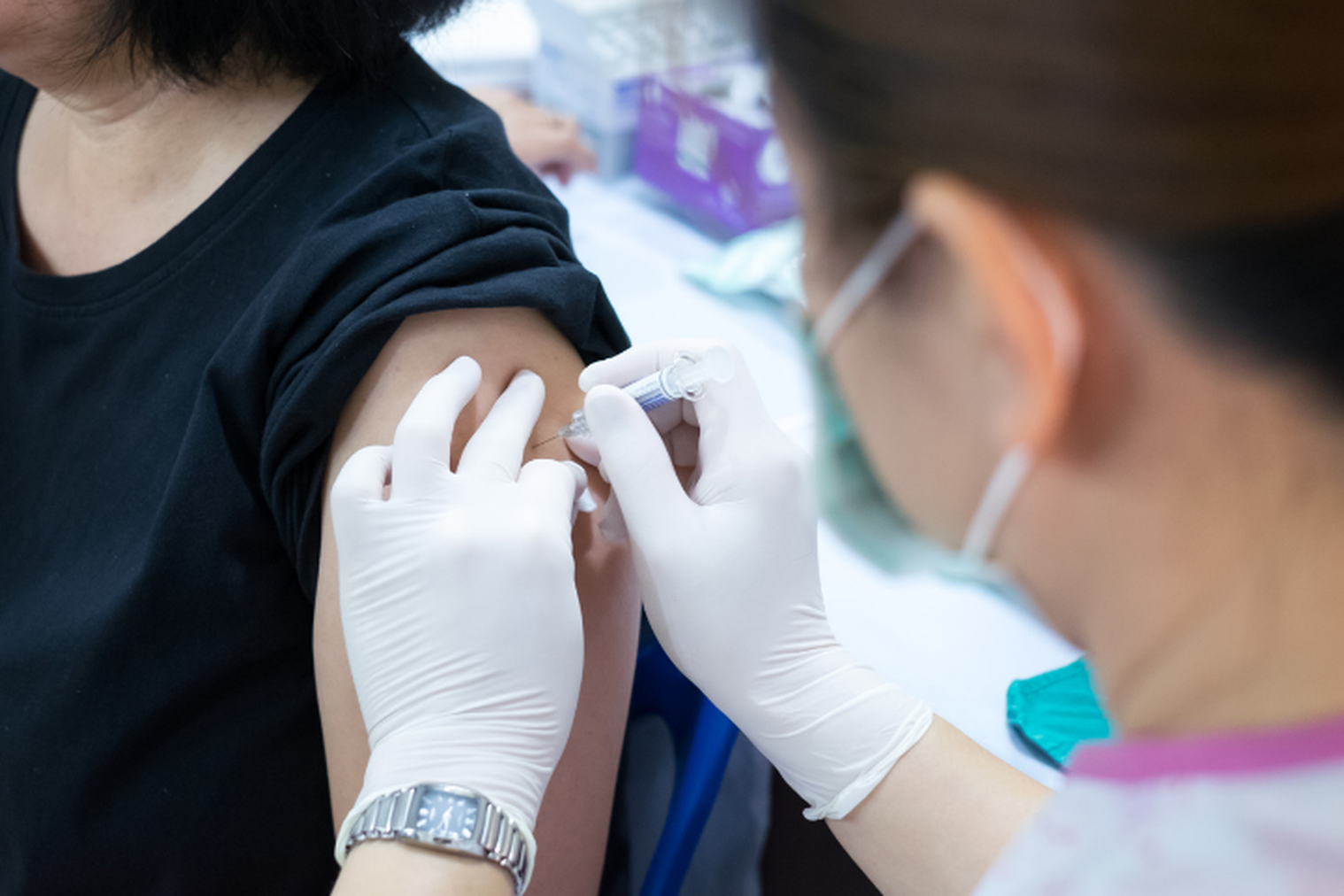Fluorescein Angiography
A fluorescein angiogram is a method of taking pictures of the blood vessels underneath your retina at the back of your eye. This test allows your eye healthcare professional to see if there are changes to these blood vessels, which could be causing problems.
To carry out the test, a small amount of a yellow dye called fluorescein is injected into your arm and travels through your blood to your eye. A camera will then take pictures of the back of your eye as the dye travels through the blood vessels, revealing any bleeding in your eye and any abnormal blood vessels that may have grown. This will help your eye care professional to assess whether you have an eye condition, work out what treatment you require, target treatment within the eye, and monitor changes in your condition over time.

A fluorescein angiogram can be used to diagnose and monitor the following conditions:
- Diabetic retinopathy
- Macular degeneration
- Macular pucker
- Ocular melanoma
- Retinal vein occlusion (BRVO or CRV)
The test is usually painless but the dye injection can cause nausea and some people are dazzled for a while by the flashing lights of the camera. The dye injection may make your skin look slightly yellow for a day or two and your urine may be darker than usual for up to three days.



